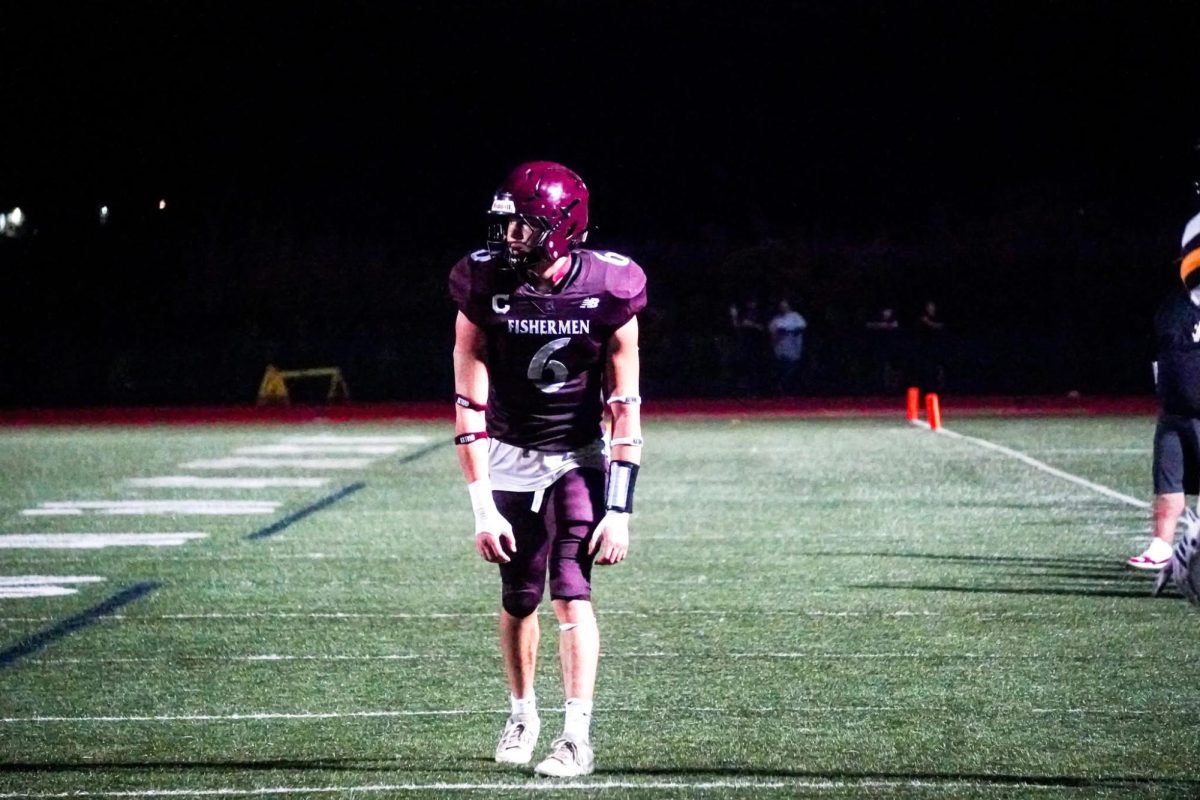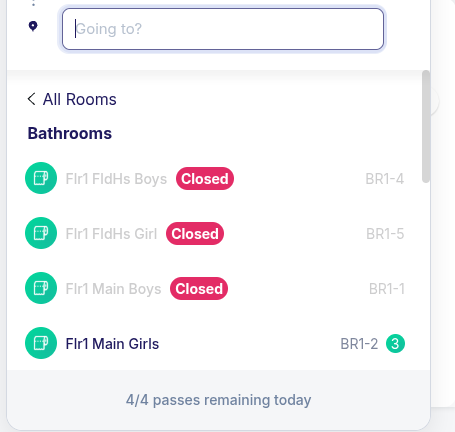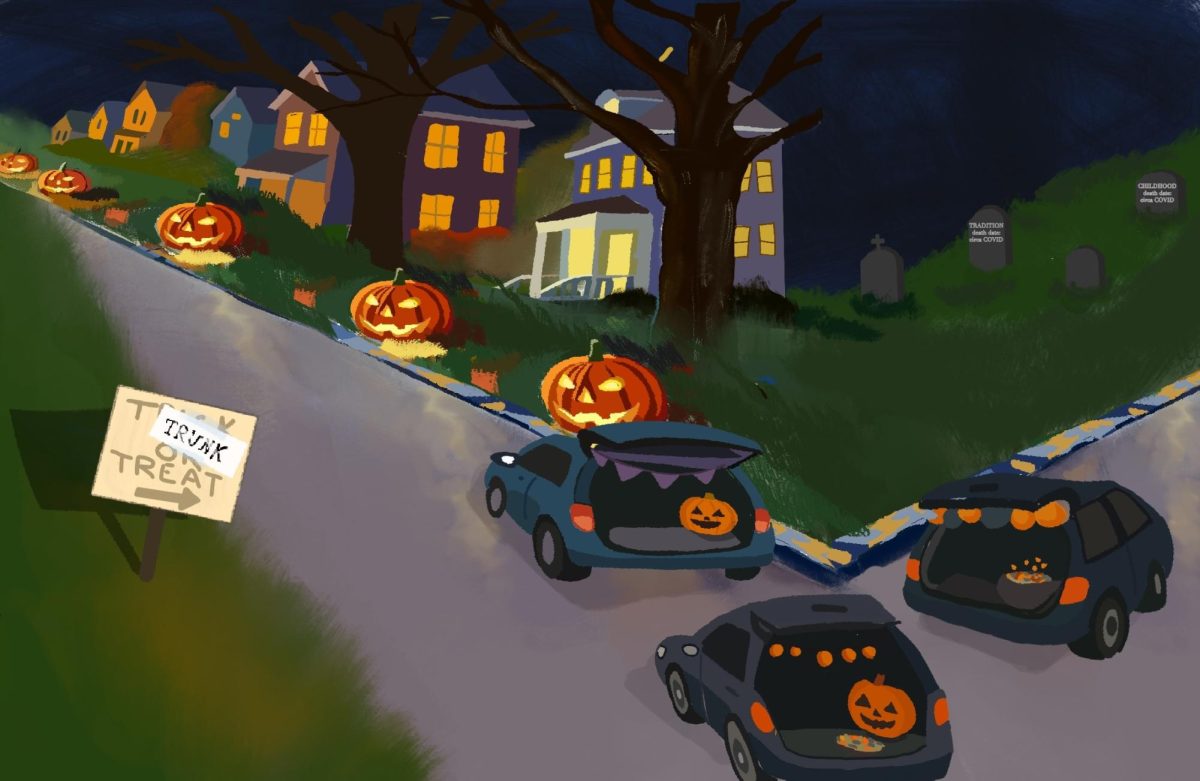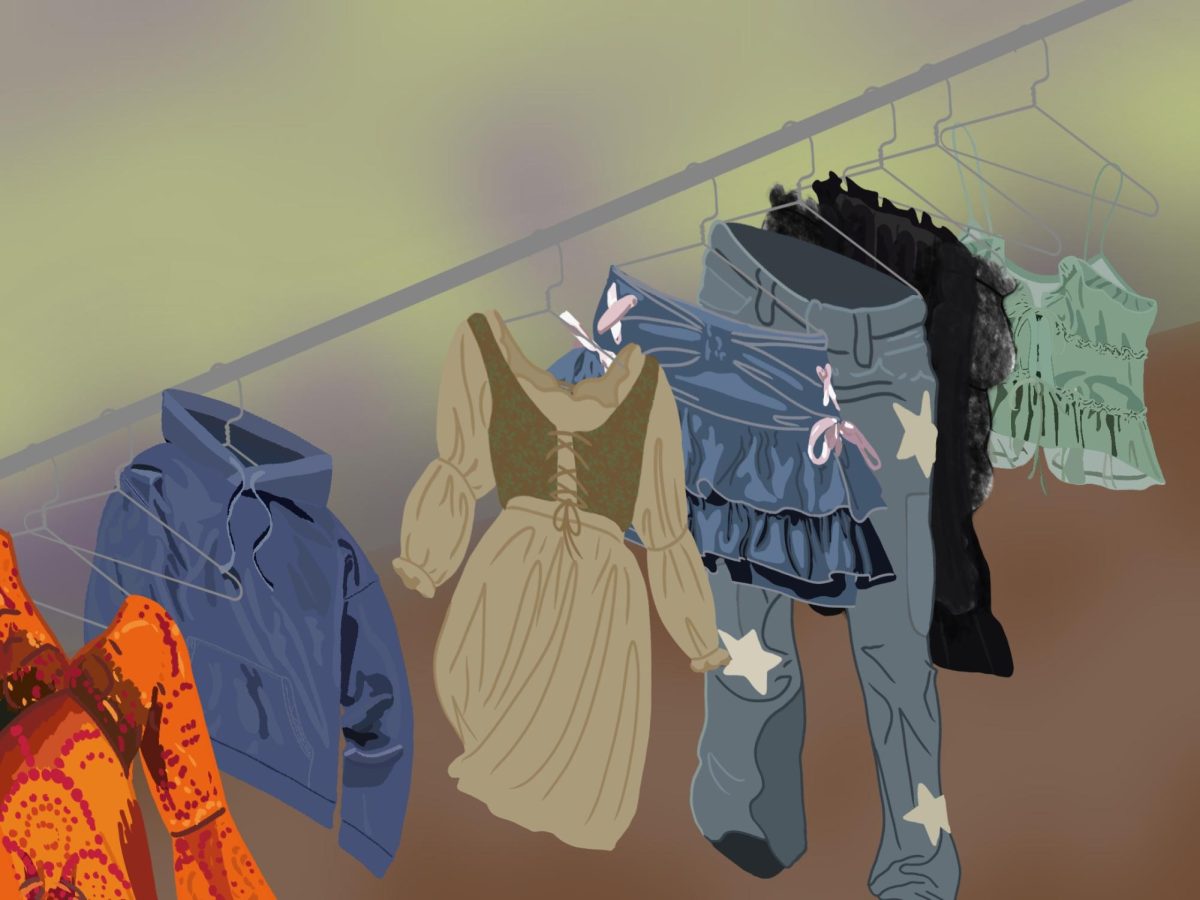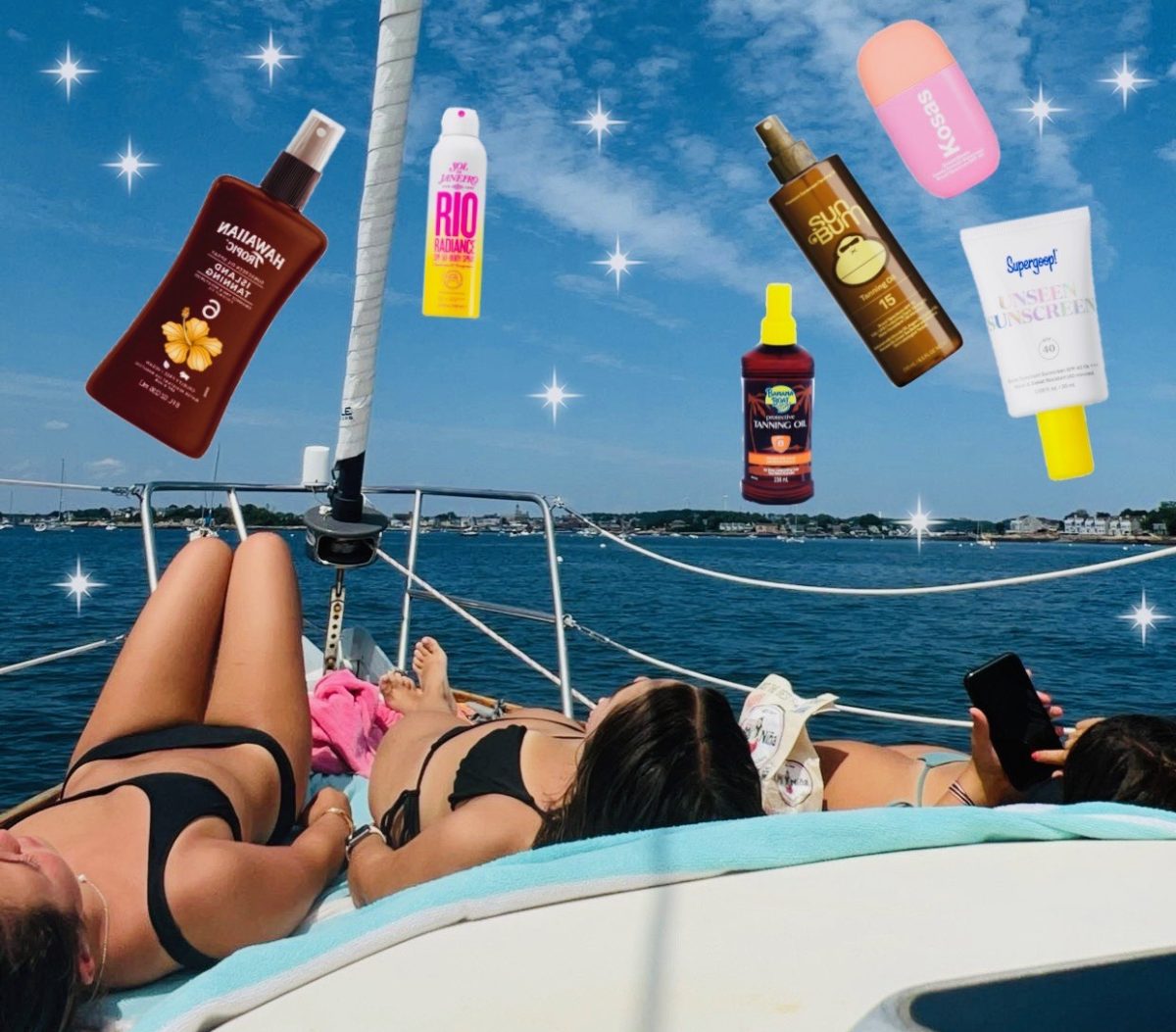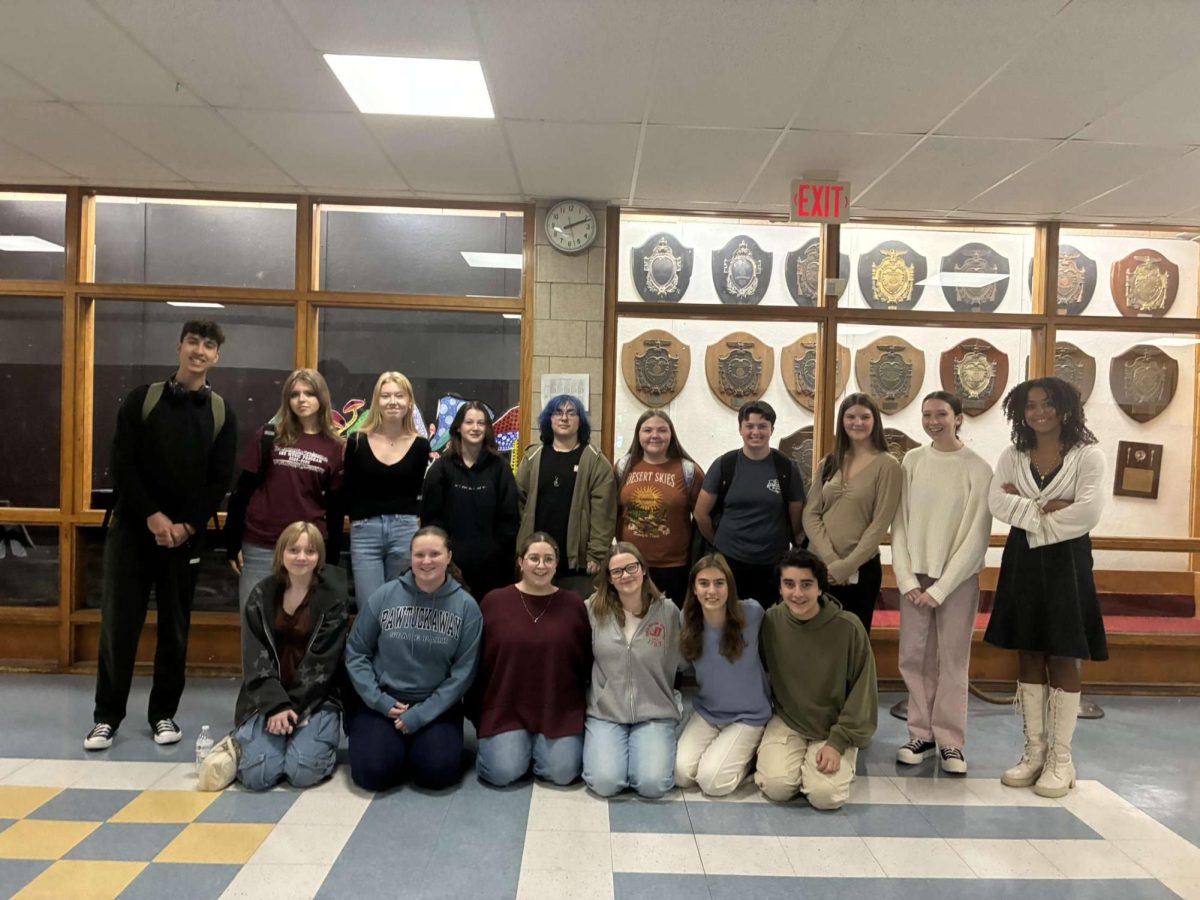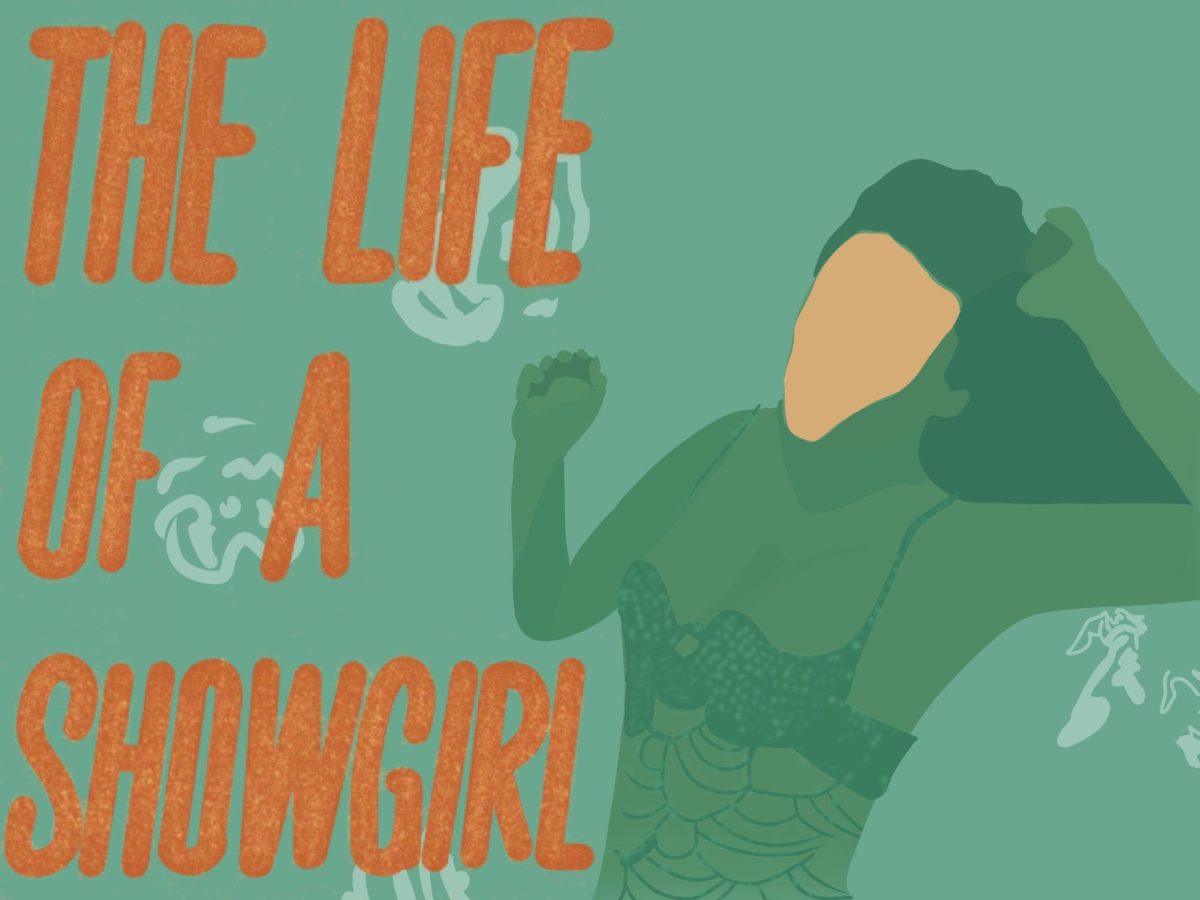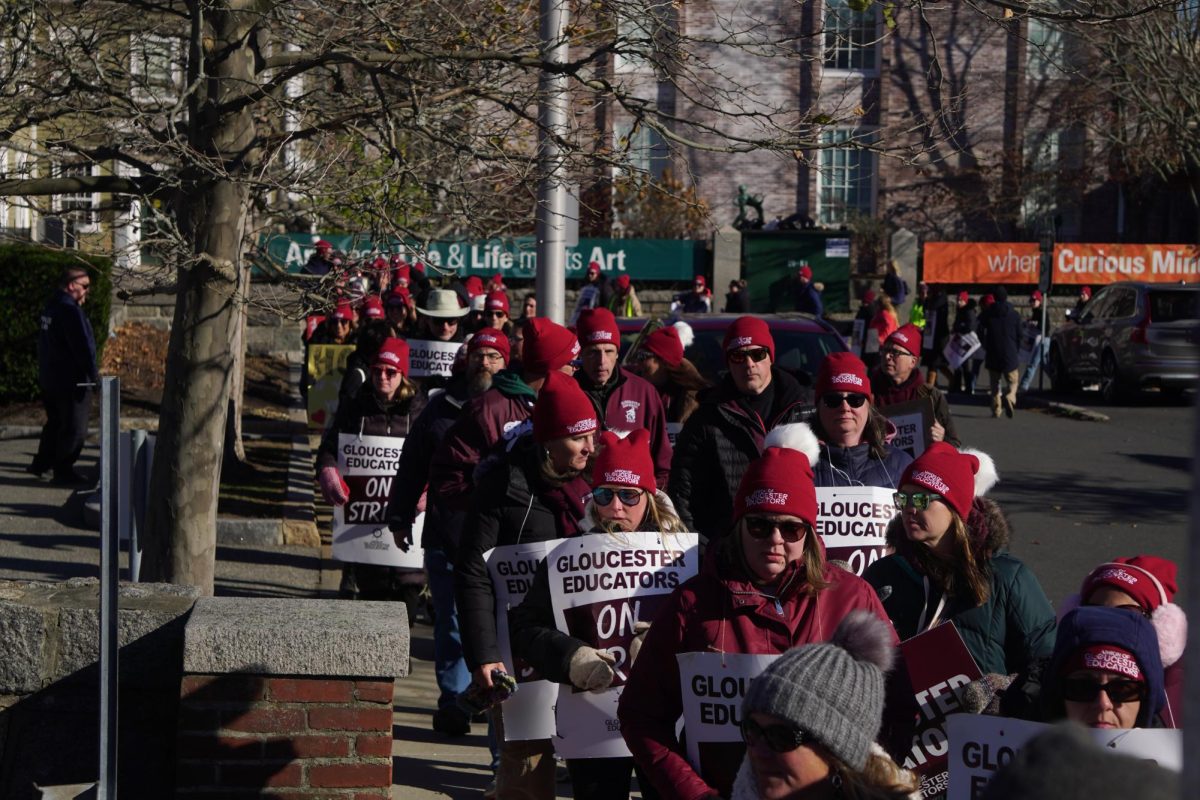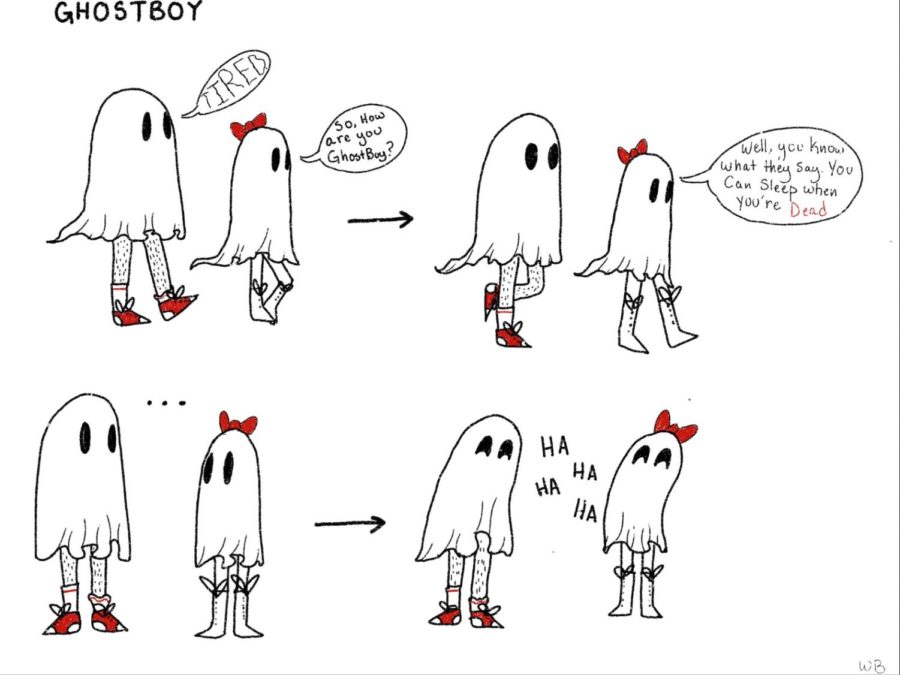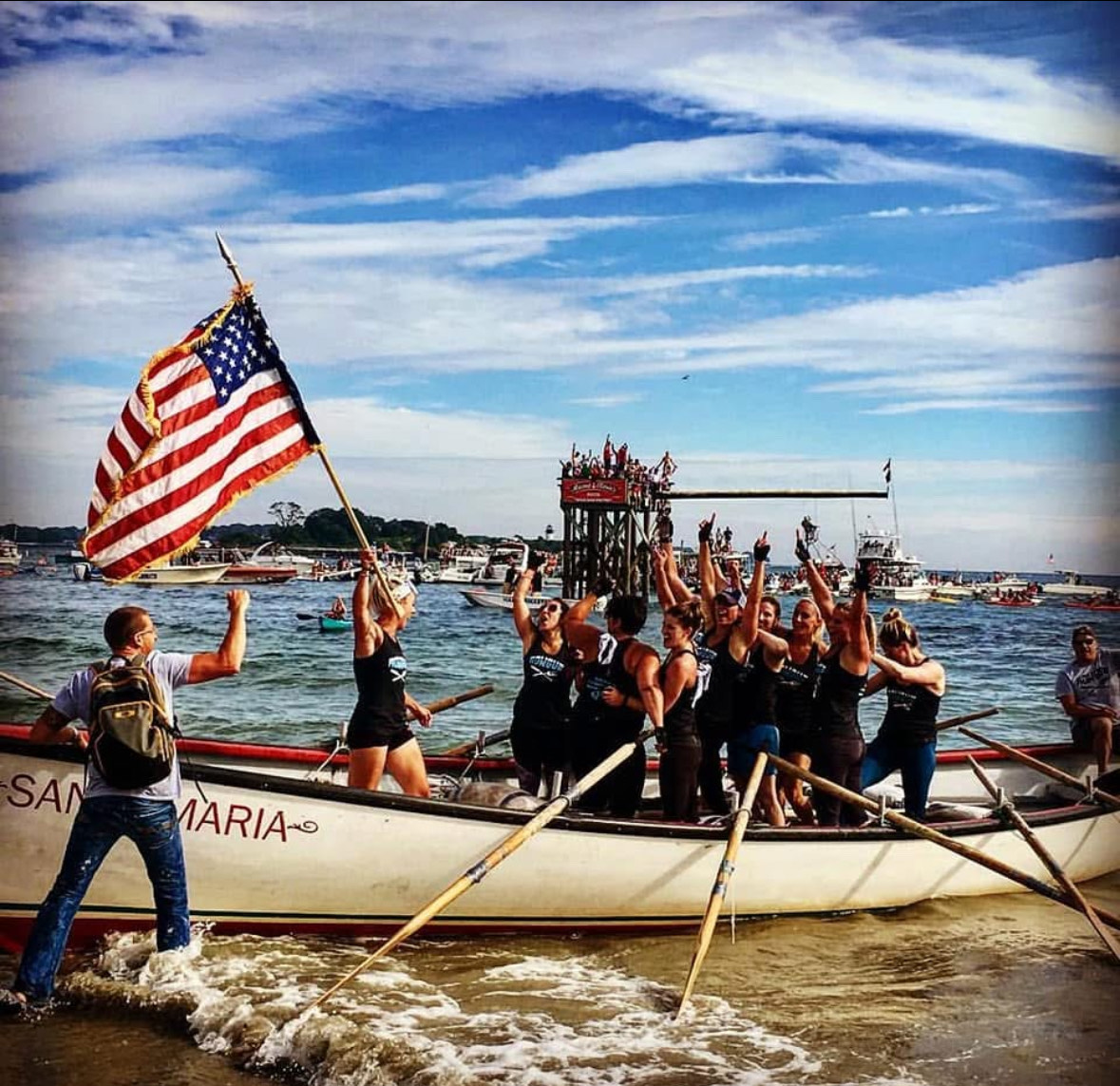Early at dawn, Gloucester Harbor hums quietly under a salty mist. Boats knock gently against the docks, as the gulls scream their usual songs, and the people of this tight coastal town stir in anticipation of one of its most sacred traditions: the Saint Peter’s Fiesta.
For almost 100 years, this working-class fishing town on a tiny island in Massachusetts has gathered to celebrate the Saint Peter’s Fiesta: a five-day explosion of devotion, tradition, and physical willpower. At its heart: the seine boat races, once the exclusive realm of men, now fiercely contested by women who slice through the water with the same fire and determination as the generations of fishermen before them.
The Boats: Heavy with History
Seine boats aren’t built for speed. They’re modeled after the old workboats that hauled full nets of mackerel and cod. Boats that were wide, heavy and extremely hard to move. A crew of eleven power each boat: ten rowers and one scuttler, who steers and commands, shouting over the roar of the harbor.
Only a few years into the fiesta, the workboats were sitting unattended during the gathering when a few groups of men decided they could incorporate it into the competitions by racing. This quickly became one of the most memorable traditions of the party.
Breaking Waves, Breaking Rules
In 1995, a group of bold Gloucester women launched the first women’s crew: Affirmative Action. As the pioneers of the sport, they have paved the way for what the women’s division has turned into in the present day.
That first year, the determined women were placed against the men. As a result, many of the men’s teams dropped out in fear of losing to a team made up of all girls, a fear that they would prove to be valid.
Although Affirmative Action didn’t win in 1995, the following year the women’s division was created, and they dominated. The team that started it all hoisted the American Flag, awarded to the championship crew, at the end of the grueling one mile row.
The team captained by Joanne Frontiero and Doreen Scola repeated as champions again the following year, and the next, and the next, and the next. No other seine boat crew, men, women or junior, has won five consecutive years in a row.
A Different Kind of Strength
Training for the seine boat races is punishing. Crews meet at a small dock hidden behind the stage of Saint Peter’s Fiesta, set up their boat, set out into the water, and practice strokes so in rhythm it sounds like a heartbeat.
“There’s nothing that can really prepare you for it,” GHS English Teacher and avid rower Cynthia Perry said. “There is very little opportunities to practice. There’s nothing like a seine boat out there that you can just hop in and practice your rowing.”
The race is relatively short—only a half a mile out from Pavillion Beach and back—but no less grueling. Arms scream, legs cramp, the tide fights back. Yet every year, the women come back stronger.
Community in Tradition
Not only do the boat races serve as a workout to the dozens of women competing, but it also bands them together and intertwines them into Gloucester’s most famous tradition.
Rowgue, one of the Top 5 Women’s Seine Boat crews of all time according to Gloucester Times, have been rowing together for the past 13 years. Many of them grew up in Glocuester, yet since competing in Fiesta events, they felt like an actual part of the city.
“I’m a Gloucester native and I never was involved in Fiesta and until I rowed in Seine boats I never felt like I was really part of the community.” Jenny Davis, a member of Rowgue, said.
With Fiesta being such an important part of Gloucester culture, allowing women to participate in the events has brought tremendous joy and warmth to their lives. As it integrates them deeper into Gloucester’s rich history
Still Room To Grow
Although women have been able to race for a while. It wasn’t until last year that they were allowed to scuttle the boats. Even though this serves as a massive leap forward, there is still room to grow.
The women and junior girls divisions have preliminary rounds of competition the weekend before the actual Fiesta, and their championships are set on Fiesta Friday. On the other hand, men and junior boys compete Fiesta Saturday with the championship being on Fiesta Sunday, the day of Champions.
“There’s way bigger crowds for the men’s boat races.” Perry said. “The men race on Fiesta Sunday which always has the biggest fan base.”
Even though there are champion teams during the women’s races, they aren’t always recognized as greatly as the men due to their schedule. Complete equality would allow women to compete on Sunday.
The Water Remembers
As Saint Peter returns to his chapel and the lights of the Fiesta flicker out, the harbor returns to stillness. But something permanent has shifted in its depths.
The water remembers the first women who dared to row, and now it remembers the women who dared to steer.
Because in Gloucester, you don’t ask the ocean for permission. You meet it head-on, with an oar in your hand, and now, finally, your hand on the rudder too.


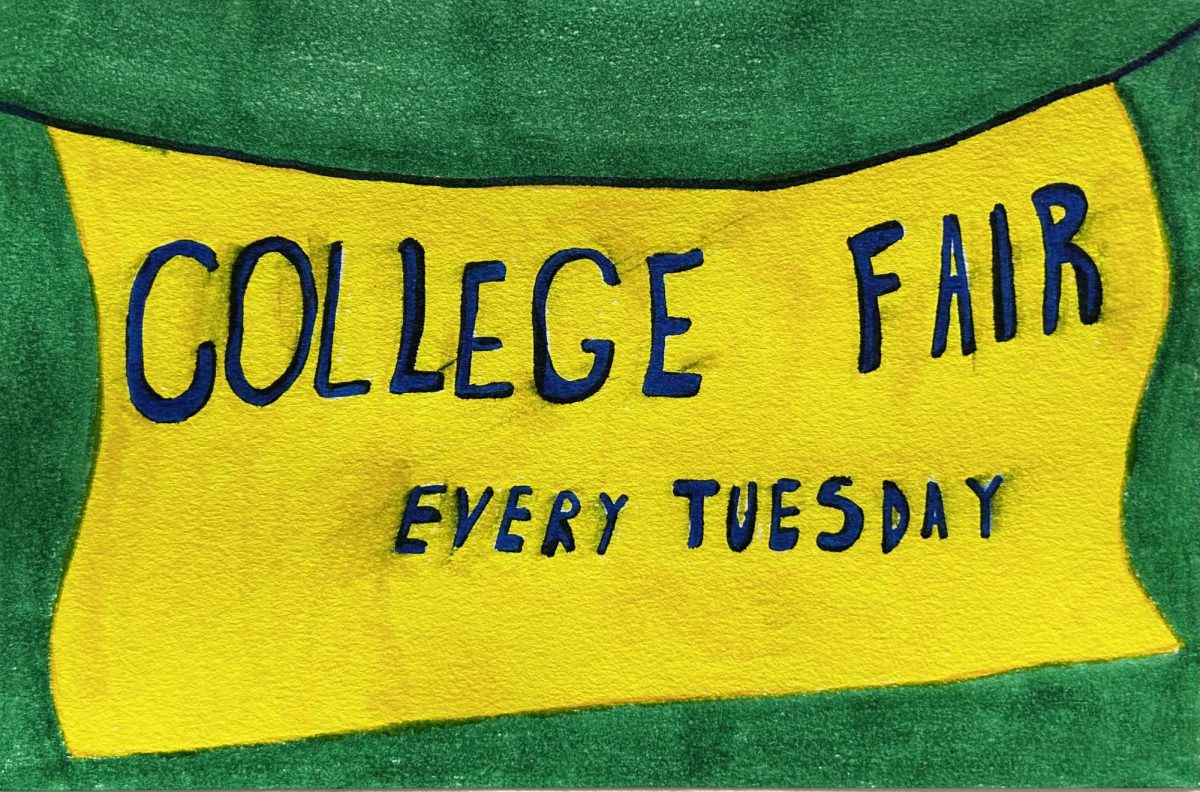


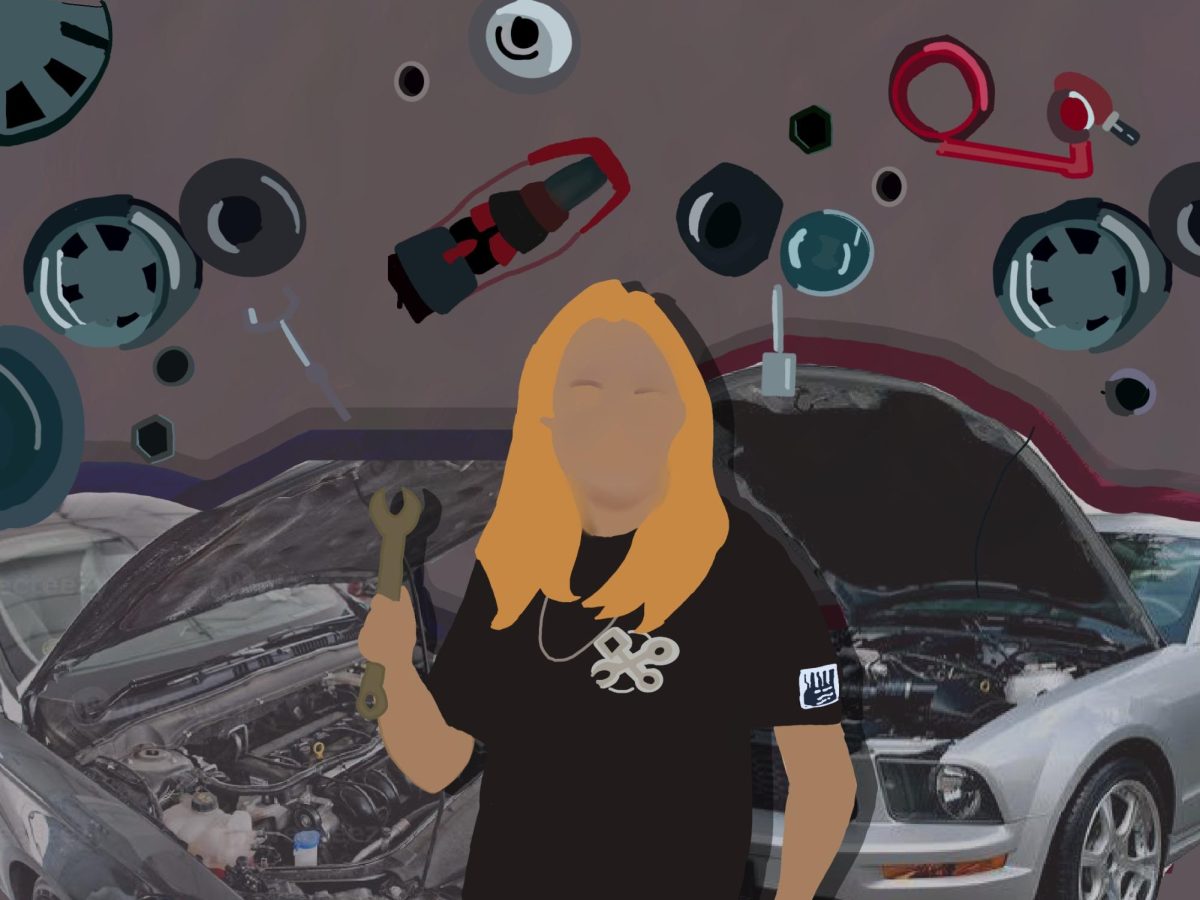

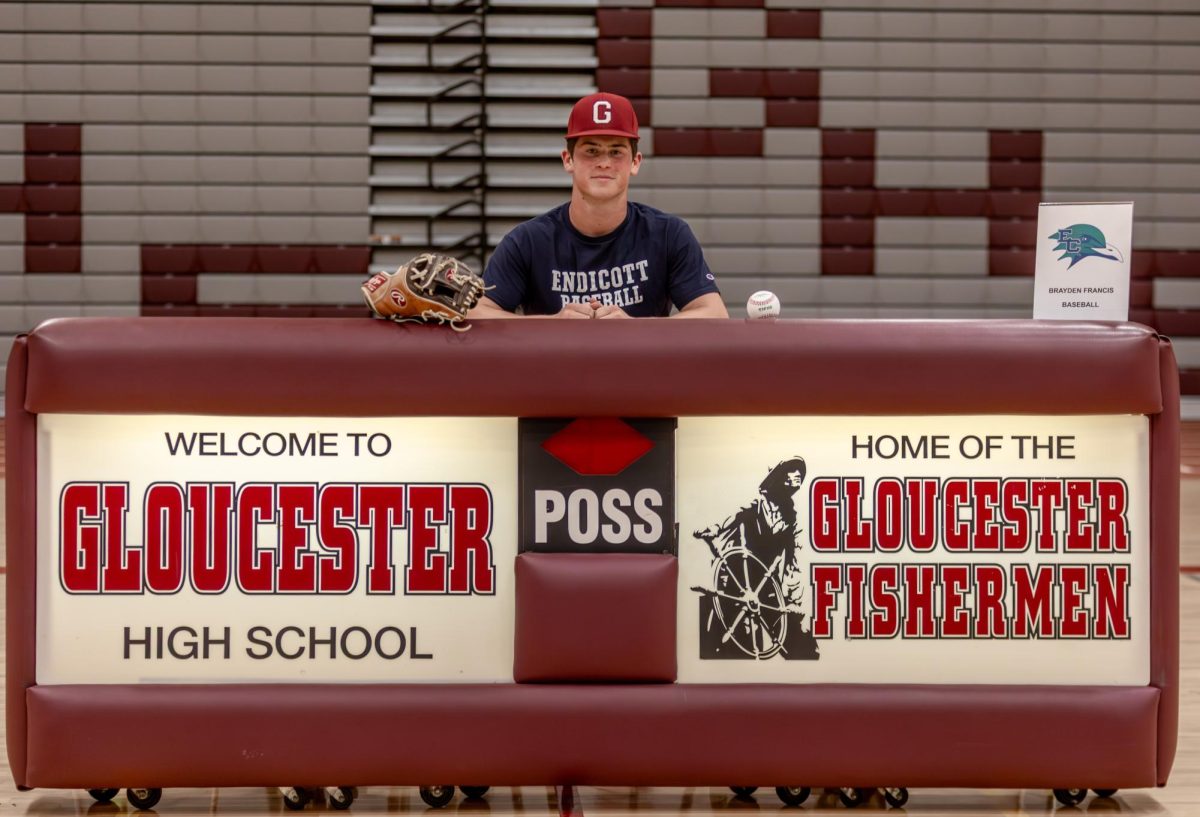

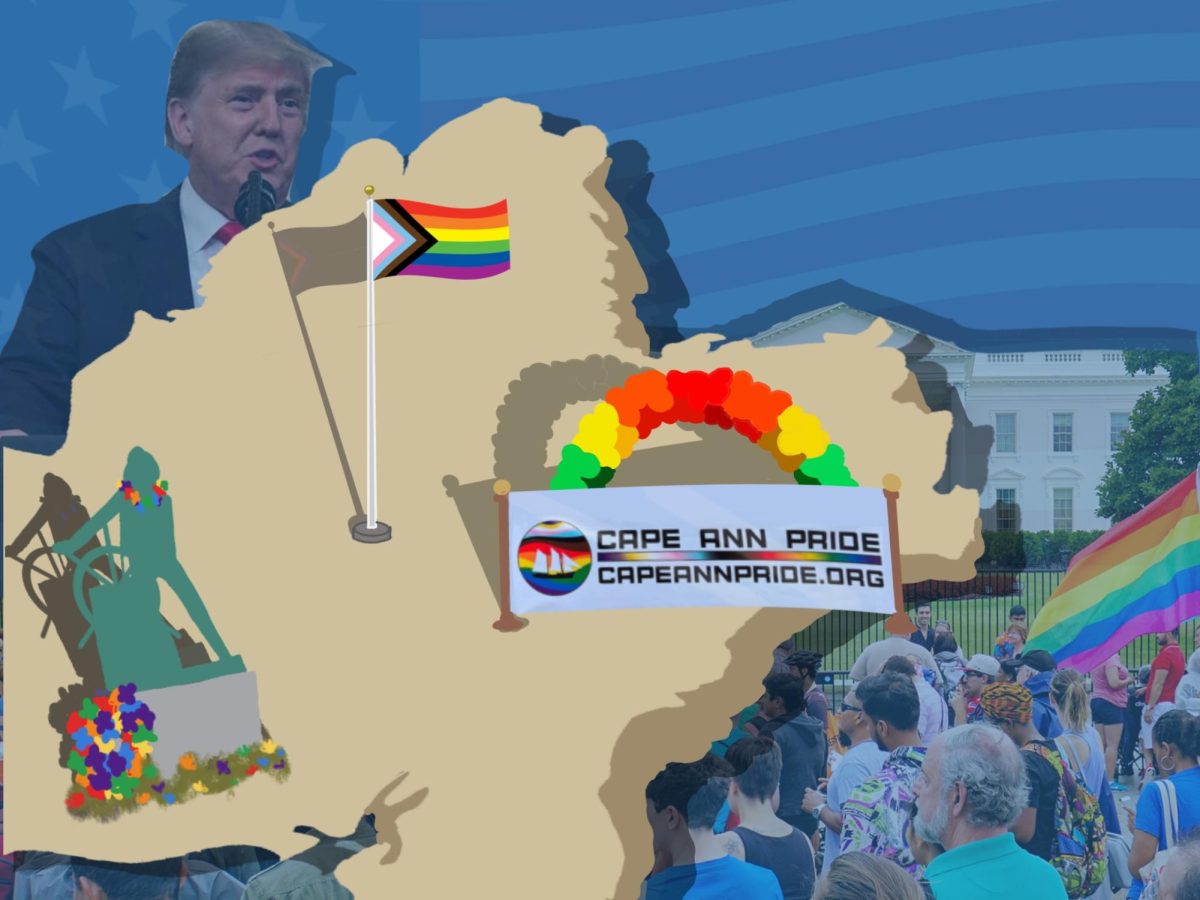
![The Volleyball team poses after their win. [Photo courtesy of GHS Volleyball]](https://thegillnetter.com/wp-content/uploads/2025/10/IMG_6936.jpg)
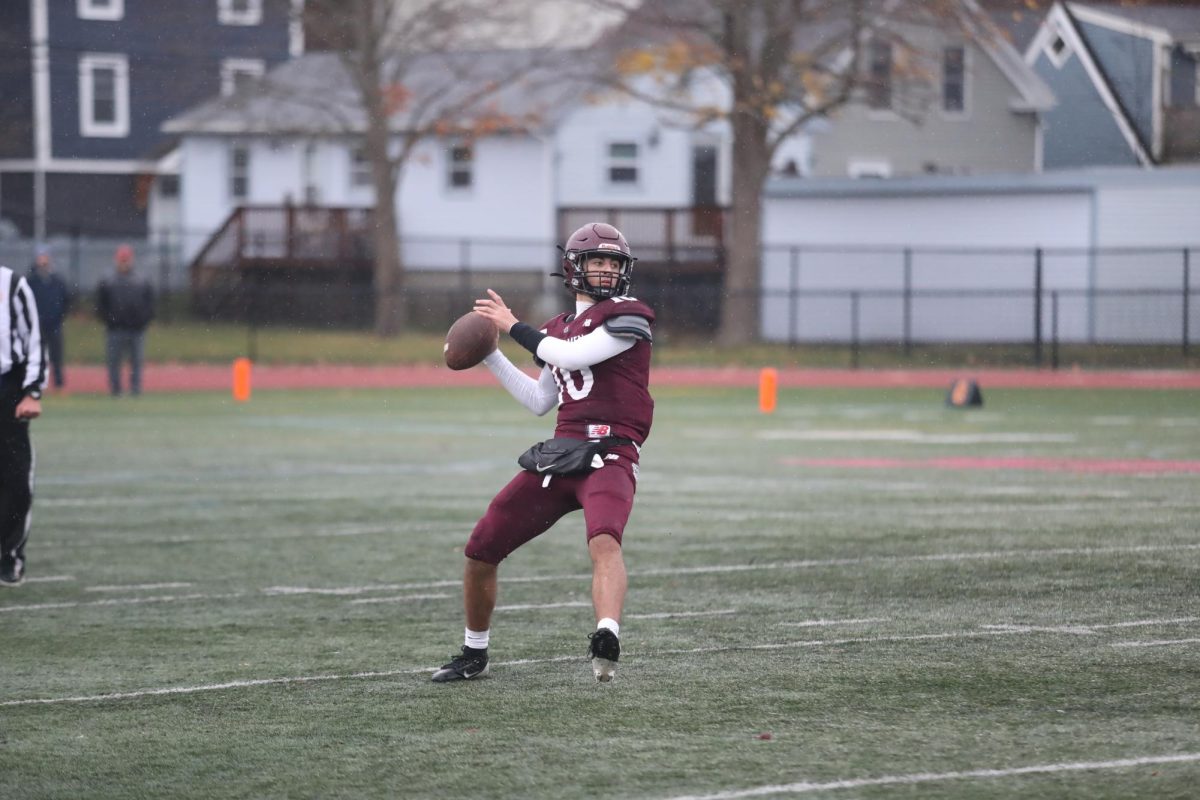
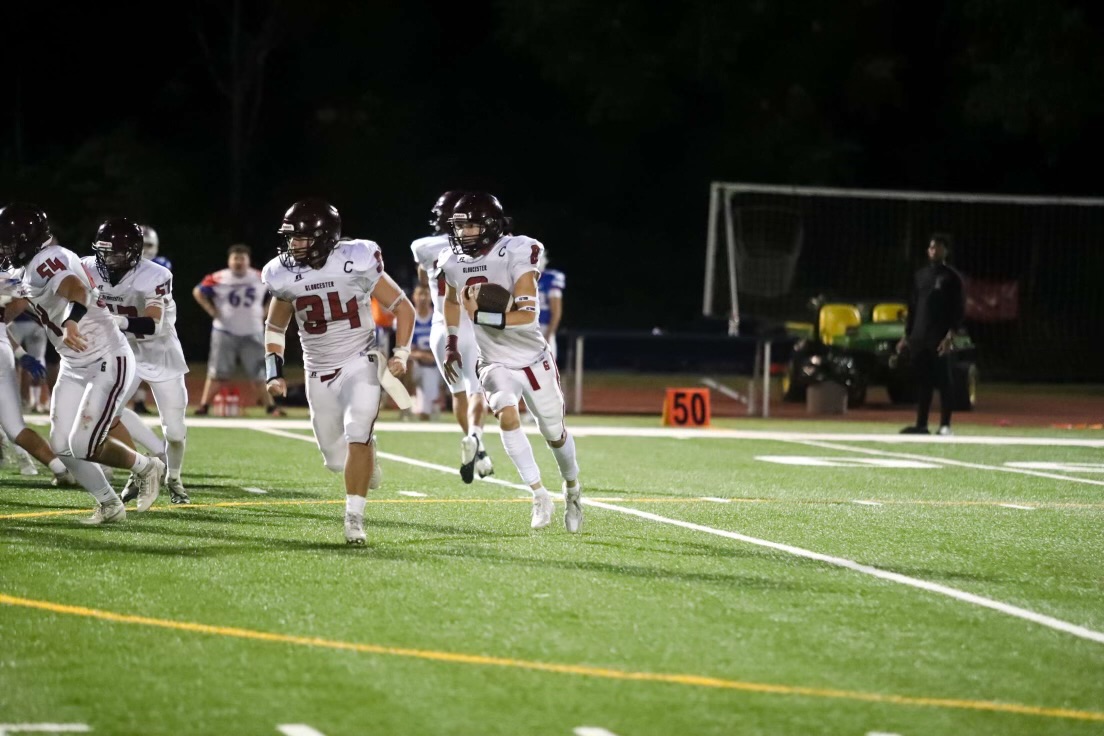
![The GHS/MERHS senior cross country runners pose together on Senior Night. [Photo courtesy of Manchester-Essex Athletics]](https://thegillnetter.com/wp-content/uploads/2025/10/Screenshot-2025-10-10-at-11.18.29-AM.png)
